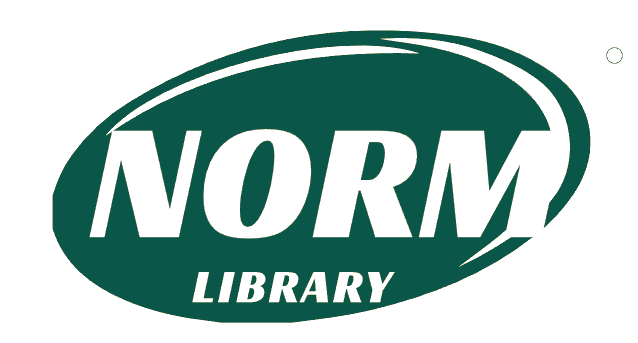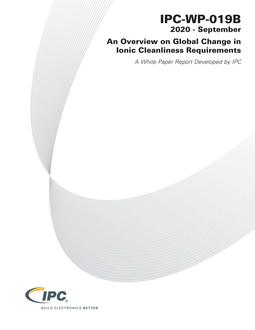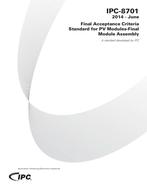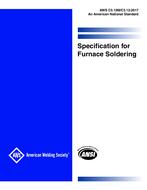
ASTM E1599
Original price was: $65.00.$39.00Current price is: $39.00.
Standard Guide for Corrective Action for Petroleum Releases (Withdrawn 2002)
| Published by | Publication Date | Number of Pages |
| ASTM | 01/01/1994 | 11 |
ASTM E1599 – Standard Guide for Corrective Action for Petroleum Releases (Withdrawn 2002)
1.1 This guide covers corrective action for petroleum releases. It describes the approach for assessment and remediation of releases to protect human health, safety, and the environment. It is intended to complement but not supersede federal, state, and local regulations, as well as complement other recommended practices on this subject (for example, NFPA 329 and API 1628).
1.2 The approach described in this guide is not the only way that a corrective action could be conducted, but experience has shown that following these guidelines will help ensure cost effective and timely remediation.
1.3 This guide is not intended to address field and site specific contractor health and safety issues. For guidance concerning contractor health and safety issues appropriate OSHA and other industry standards should be consulted. This guide does not address specific details of sample preparation or preservation or sampling quality assurance/ quality control practices. For guidance concerning sampling practices see Appendix X1.
1.4 As shown in Fig. 1, assessment and remedial activities occur at many points in the corrective action process. Each round of assessment and remediation may result in additional steps until the corrective action goal has been achieved. The precise sequence and timing of these activities will depend on the site and the techniques that are used. However, the assessment and remedial activities shown in Fig. 1 may be conducted concurrently.
1.5 Once sufficient information has been gathered, remedial action can begin prior to defining the full extent of contamination. In many cases, an interim remedial action may be appropriate when contaminants are mobile. The ultimate effectiveness and the cost of remediation are often related to the migration of the contamination. Timely action will improve the effectiveness of the remediation and minimize its cost.
1.6 Regulators, consultants, contractors, owners, operators, insurance companies, and the public all need to have good communication throughout the corrective action process. Some of the forms that this communication can take are:
1.6.1 Site visits,
1.6.2 Telephone conversations,
1.6.3 Notification forms,
1.6.4 Progress reports, and
1.6.5 Project plans.
1.7 It is important to note that a report in and of itself is not communication; someone has to read and understand it for there to be communication. Reports must be complete, presenting pertinent information that is necessary to lead to an appropriate corrective action decision.
1.8 Progress reports play a key role in the communication. These reports should be clear and sufficient so that all parties involved in the remediation can understand them.
1.9 This guide is organized as follows: Section 2 lists referenced documents, Section 3 defines terminology used in this guide, Section 5 discusses how indicator compounds can be used in the corrective action process, Section 6 discusses interim remedial actions, Section 7 describes site assessments, Section 8 discusses remedial actions, Section 9 describes operation, maintenance, and monitoring requirements for remedial actions, Section 10 discusses completion of the corrective action process, Section 11 discusses a pre-excavation evaluation (PEE) option that can help identify and plan for contaminated materials that may be encountered during construction activities at UST sites, Section 12 discusses assessments associated with tank removal or abandonment, Sections 11 and 12 are specific to underground storage tank (UST) system closures. When a release is discovered and confirmed to have been caused by other means, the activities or portions of the activities described in Sections 11 and 12 may not be needed. Finally, Appendix X1 identifies additional documents related to assessment and remediation activities.
1.10 The values stated in inch-pound units are to be regarded as the standard. The SI units given in parentheses are for information only.
1.11 This standard does not purport to address all of the safety concerns, if any, associated with its use. It is the responsibility of the user of this standard to establish appropriate safety and health practices and determine the applicability of regulatory limitations prior to use.
Product Details
- Published:
- 01/01/1994
- Number of Pages:
- 11
- File Size:
- 1 file , 72 KB
- Part of:
- Assessment of Remediation of Petroleum Release Sites
- Note:
- This product is unavailable in Russia, Ukraine, Belarus




